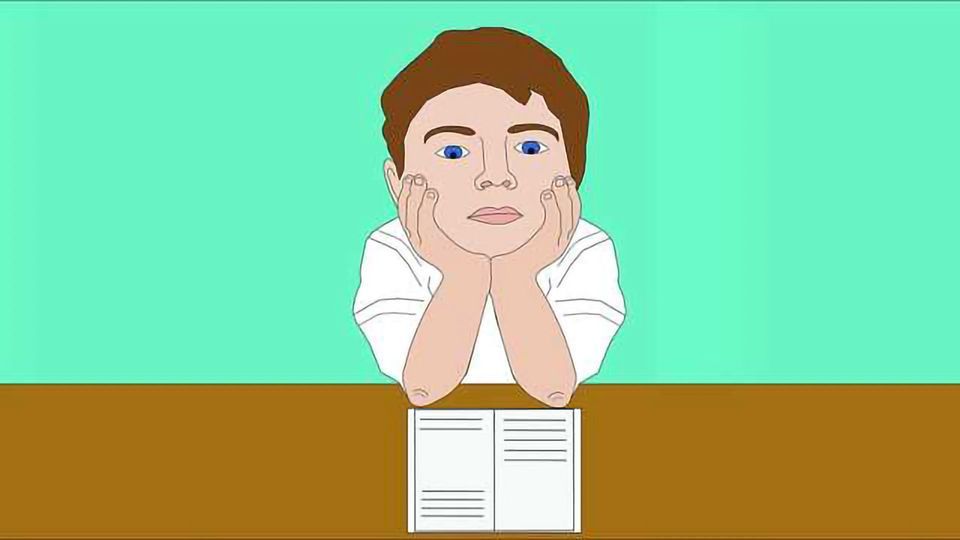Absence epilepsy is a neurological condition characterized by brief episodes of impaired awareness, often referred to as “absence seizures.” This type of epilepsy predominantly affects children but can also occur in adults. Understanding the condition, its underlying mechanisms, symptoms, and treatment options is essential for effective management and improving quality of life.

What is Absence Epilepsy?
Absence epilepsy is a generalized seizure disorder, meaning it involves both hemispheres of the brain. It manifests through short, sudden lapses in consciousness, commonly lasting between 10 to 20 seconds. These episodes are often mistaken for daydreaming or inattentiveness, making early diagnosis challenging.
There are two primary types of absence epilepsy:
- Childhood Absence Epilepsy (CAE): Typically begins between the ages of 4 and 10.
- Juvenile Absence Epilepsy (JAE): Usually emerges during adolescence, often accompanied by other types of seizures.
Recognizing the Symptoms of Absence Epilepsy
The hallmark symptom of absence epilepsy is the occurrence of absence seizures. These seizures are distinct in their presentation, including:
- Sudden Staring Episodes: The person appears to be staring blankly into space, unresponsive to external stimuli.
- Automatism: Repetitive movements, such as lip-smacking or blinking, may occur during a seizure.
- Post-Seizure Amnesia: The individual is typically unaware that a seizure has occurred.
- Abrupt Onset and Termination: Episodes begin and end suddenly without a noticeable recovery phase.
These symptoms may occur multiple times daily, significantly impacting daily activities, academic performance, or work productivity.
Causes and Risk Factors
The exact cause of absence epilepsy is not entirely understood, but several factors contribute to its development:
Genetic Factors
Absence epilepsy often has a hereditary component. Mutations in certain genes involved in ion channel regulation and neurotransmission are linked to this condition.
Brain Activity and Neural Networks
Seizures result from abnormal electrical activity in the brain. In absence epilepsy, this activity is characterized by generalized, rhythmic spike-and-wave discharges on an electroencephalogram (EEG).
Triggers
Certain factors can precipitate absence seizures, including:
- Hyperventilation
- Flashing lights
- Stress
- Sleep deprivation
Diagnosis of Absence Epilepsy
Accurate diagnosis is critical for effective management. Diagnostic methods include:
Clinical History and Observation
A detailed history of the patient’s symptoms and seizure episodes helps differentiate absence epilepsy from other conditions, such as attention-deficit/hyperactivity disorder (ADHD).
Electroencephalogram (EEG)
EEG is the gold standard for diagnosing absence epilepsy. It detects the characteristic 3 Hz spike-and-wave discharges that occur during seizures.
Neuroimaging
Although not always necessary, imaging techniques such as magnetic resonance imaging (MRI) may be used to rule out structural abnormalities in the brain.
Treatment and Management of Absence Epilepsy
Effective management of absence epilepsy often involves a combination of medications, lifestyle adjustments, and supportive therapies.
Antiepileptic Medications
Medications are the cornerstone of absence epilepsy treatment. The most commonly prescribed drugs include:
- Ethosuximide: The first-line treatment for absence seizures, highly effective with minimal side effects.
- Valproic Acid: Often used in cases where multiple seizure types coexist but may be avoided in females of childbearing age due to teratogenic risks.
- Lamotrigine: A suitable alternative, especially for patients who do not tolerate other medications.
Lifestyle Modifications
Patients and caregivers should adopt strategies to minimize seizure triggers, such as:
- Ensuring adequate sleep
- Managing stress
- Avoiding excessive screen time or flashing lights
Education and Support
Raising awareness about absence epilepsy helps reduce stigma and ensures that patients receive the necessary support in academic or workplace environments.
Ketogenic Diet
In some cases, a high-fat, low-carbohydrate ketogenic diet has shown promise in reducing seizure frequency, especially for those resistant to standard medications.
Surgical Options
Although rare, surgical intervention may be considered for patients whose seizures are refractory to medical treatment.
Prognosis and Long-Term Outlook
The prognosis for absence epilepsy varies depending on the subtype and response to treatment:
- Childhood Absence Epilepsy (CAE): Most children outgrow the condition by adolescence with proper treatment.
- Juvenile Absence Epilepsy (JAE): Seizures may persist into adulthood and require lifelong management.
Absence epilepsy is a manageable neurological condition with appropriate diagnosis and treatment. By combining pharmacological therapies, lifestyle modifications, and ongoing support, individuals with absence epilepsy can lead fulfilling lives. Continued research and awareness are essential to advancing treatment options and improving outcomes for those affected.